Epiphytic Cacti: The Zero-Soil Plants That Are Redefining Gardening
Cacti are the last plants you’d expect to see thriving without a speck of soil, right? Well, get ready to have your mind blown by a group of cacti that not only survive but positively flourish growing on other plants, rocks, and just about anywhere their roots can cling. Called epiphytic cacti, these quirky, soil-scorning varieties are rewriting all the rules about how and where cacti can grow.
If you dream of low-maintenance houseplants that are utterly unique, cache some serious gardening cool points, and basically defy the laws of nature, then epiphytic cacti might just become your new obsession. Here’s everything you need to know about these soil-free wonders.
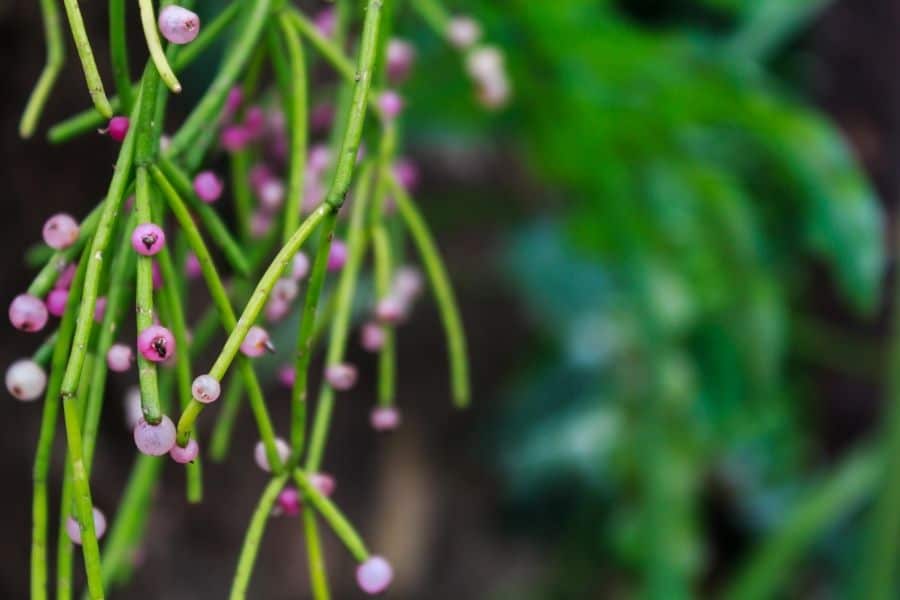
Contents
What the Heck are Epiphytic Cacti?
The word “epiphytic” comes from the Greek words “epi” meaning upon, and “phyton” meaning plant. So epiphytic plants are ones that grow on other plants, deriving moisture and nutrients from the air, rain, and whatever decaying organic matter accumulates around it.
While orchids, ferns, and bromeliads are probably the best known epiphytes, there is a whole group of cacti species that fall into this category too. Rather than deserts, these guys are right at home clinging to tree trunks and branches in tropical rainforests from Mexico down through Central and South America.
Unlike their brutish, spiny desert cousins, epiphytic cacti have leaves and stems that are smooth, delicate, and often vividly colored. Many varieties also produce fragrant, showy flowers in bright pinks, reds, oranges and yellows. It’s like a whole new, alien breed of cacti that seems almost too strange and beautiful to be real.
Why Grow Epiphytic Cacti?
So what makes these plants so special beyond just being incredibly weird? For starters, they require basically zero soil, making them a perfect choice for small spaces or places without much light. Since their roots don’t penetrate the host plant, they cause no harm and can be grown on trees, logs, rocks or mounted on boards or walls.
Speaking of low-light conditions, many varieties will thrive in lower-light areas like the home or office where typical cacti would sulk. And since they’re used to hot, humid tropical conditions, they’re ideal easy-care houseplants for steamy summer homes.
If you’ve always loved the idea of growing orchids or air plants but lacked a green thumb, epiphytic cacti may be your new best friend. They’re among the lowest-maintenance plants out there, requiring very little beyond adequate airflow and a weekly misting. As a bonus, these unique, alien-like plants are amazing conversation starters!
Popular Epiphytic Cacti Genera
There are around 200 species spread across several different genera of epiphytic cacti. Some of the most common you’ll find include:
Rhipsalis (Mistletoe Cactus)
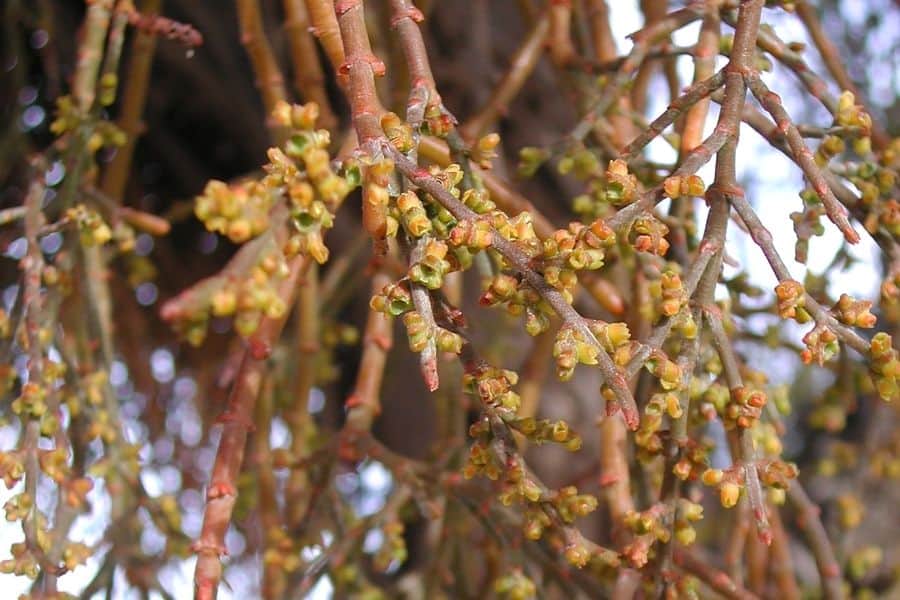
Over 60 trailing varieties, including some with vivid red, yellow or orange stems. Great for hanging baskets.
Selenicereus (Queen of the Night)
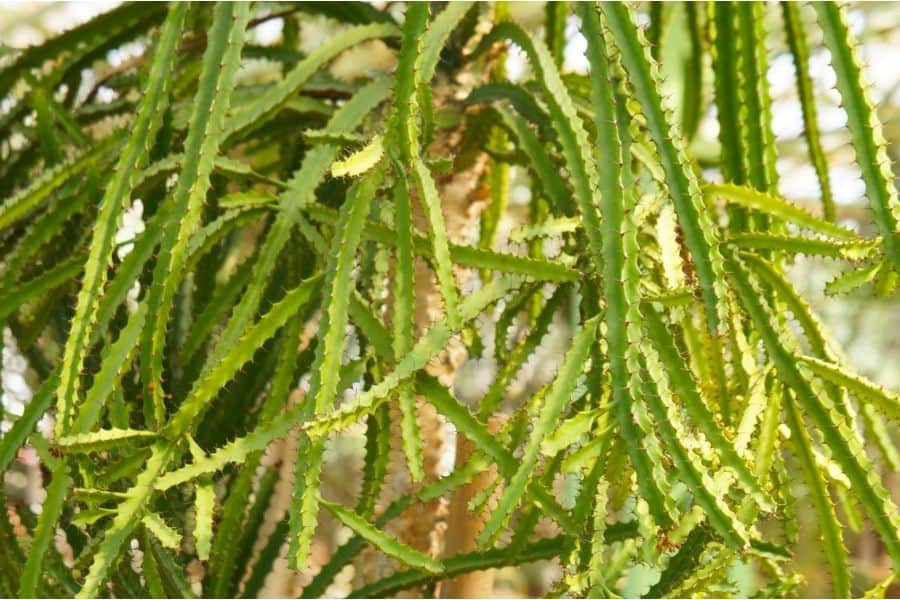
Named for its night-blooming, white luscious flowers that release an intoxicating perfume after dark.
Disocactus
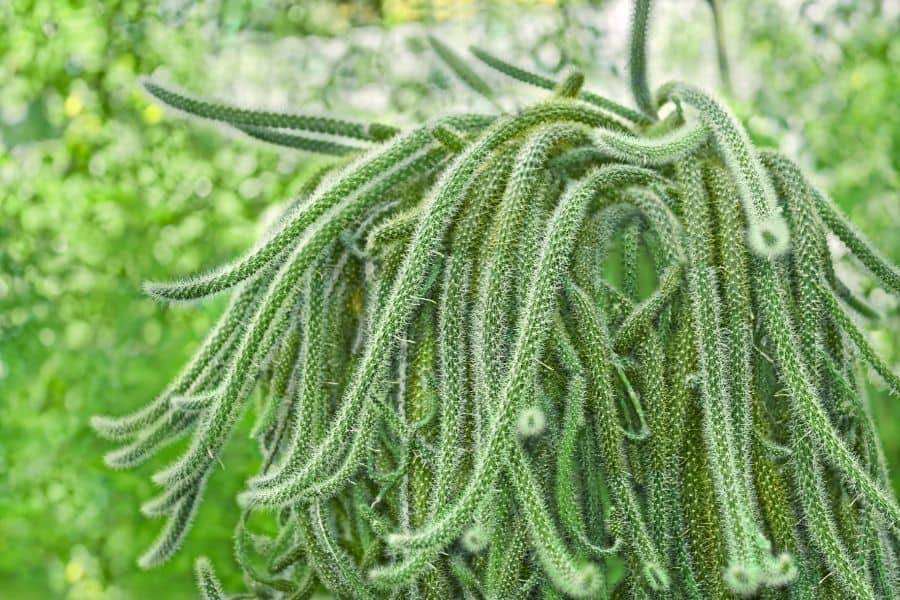
Features unique flat, leaf-like stems and showy flowers in bright colors. Native to the Caribbean region.
Epiphyllum (Orchid Cactus)
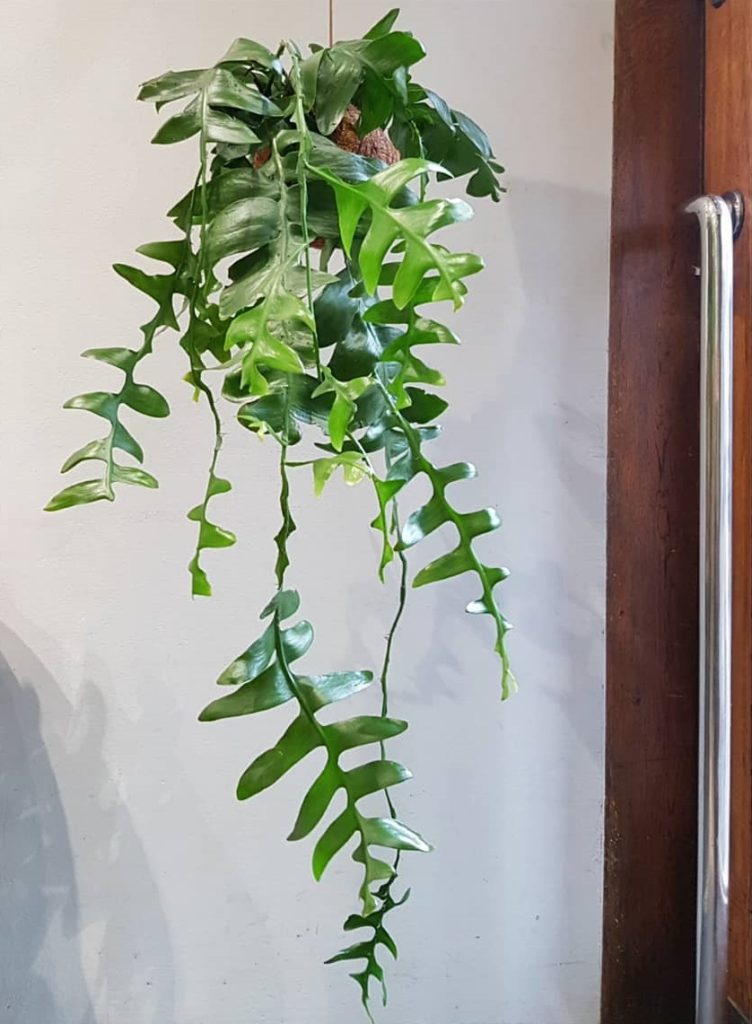
One of the more stunning epiphytic genera, with huge, vibrantly colored flowers up to 1 foot across!
Weberocereus

Perhaps the least known genus of epiphytic cacti. Many species of flowering cacti are part of this group, bearing typically green or white blooms. Most Weberocereus species are found in Costa Rica or Nicaragua.
How to Grow Epiphytic Cacti
With such a fascinating, bizarre growth habit, you’d think epiphytic cacti would be finicky, high-maintenance plants. But quite the opposite is true! Here’s a quick overview of how to care for and propagate these unique plants:
Growing Medium
In their natural environment, epiphytes root into decaying plant matter and other organic debris that collects in the nooks and crannies of trees and rocks. To replicate those conditions, use a chunky, extremely well-draining mix of:
- 60% perlite or crushed clay
- 40% regular potting mix
You can also mount these rootless wonders onto pieces of wood, bark, cork slabs or boards using sphagnum moss or twine to hold them in place.
Light
Epiphytic cacti generally prefer bright, filtered light or morning/evening sun. Too much direct, intense light can cause their delicate leaves and stems to sunburn. An east or west-facing window is ideal for indoor plants.
Water
These plants like their growing medium to remain slightly moist, but not sopping wet. Plan to give them a good misting or watering about once a week, allowing the medium to dry out somewhat between waterings. Reduce water in winter when growth is minimal.
You can also supplement occasional waterings with a balanced 20-20-20 fertilizer during the growing season to provide a nutrient boost.
How to Propagate Epiphytic Cacti
Epiphytic cacti are some of the easiest plants to propagate from seed, cuttings or offsets:
- Seeds: Simply press seeds from ripe fruits into a well-draining seed starting mix and keep moist. Be patient, as they can be slow to germinate.
- Cuttings: Allow stem cuttings to form a callusBEFORElice planting in the growing medium.
- Offsets: Many varieties will produce small plantlets or offsets along their stems. Once these develop their own roots, they can be carefully removed and replanted.
So if you’re looking for fascinating, unique plants that make a statement and redefine what it means to be a cactus, look no further than the incredible epiphytic varieties. With their quirky, alien-like appearance and ease of care, these soil-free wonders are quickly catching on as the hot new houseplant craze for gardeners of all levels.
